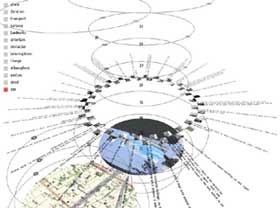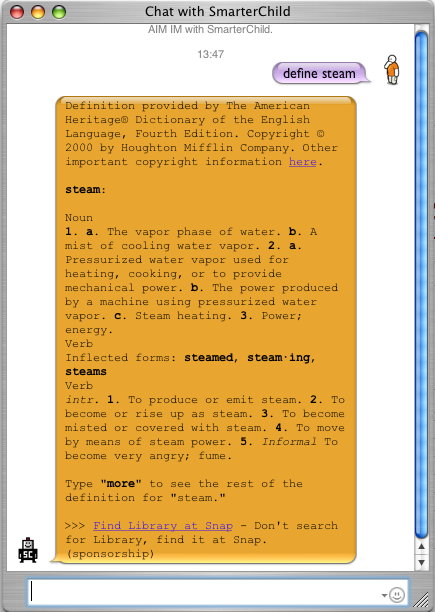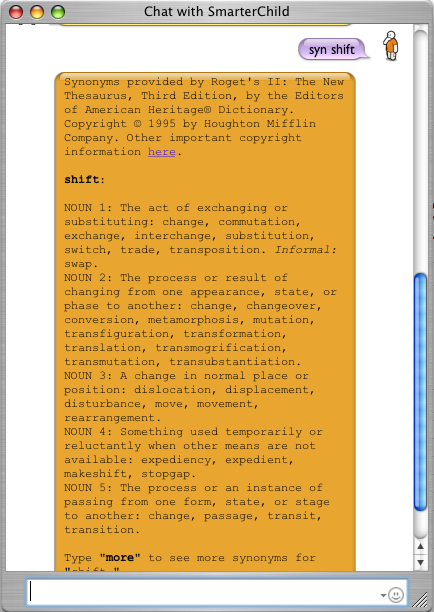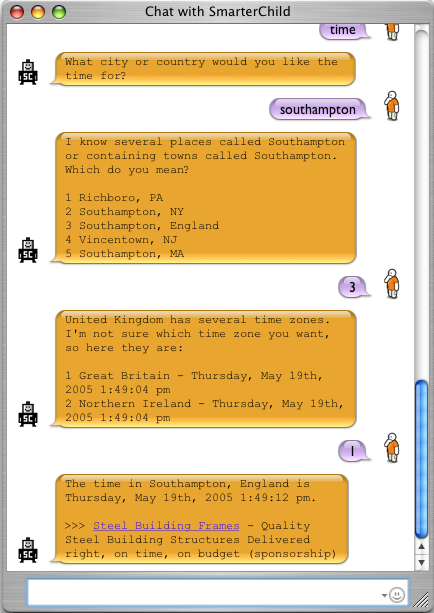PoE (Power over Ethernet) How To - NYCwireless: "A number of Access Point manufacturers (Lucent, Symbol)
are now offering Power over Ethernet add-on's for their Access Points.
A PoE module inserts DC voltage into the unused wires in a standard
ethernet cable (pairs 7-8 and 4-5). The idea is to supply the AP's
power and UTP ethernet connectivity requirements via a single ethernet
cable. This works great in areas where you may not have power and/or
ethernet easily accessible, like a roof. This also allows you to more
easily place the AP closer to the antenna, thus reducing signal loss
over antenna cabling. Ethernet signal travels well over CAT 5 cable;
2.4ghz signal doesn't do as well over antenna cabling. Also ethernet
cabling is much cheaper than antenna (LMR-400) cabling. There are
currently two types of PoE adapters: a module jack or hub-like device
for multiple access points. The following hack creates a simple PoE
module pair."


![HAFR00204B[2].jpg](http://www.we-make-money-not-art.com/yyy/HAFR00204B%5B2%5D.jpg)






